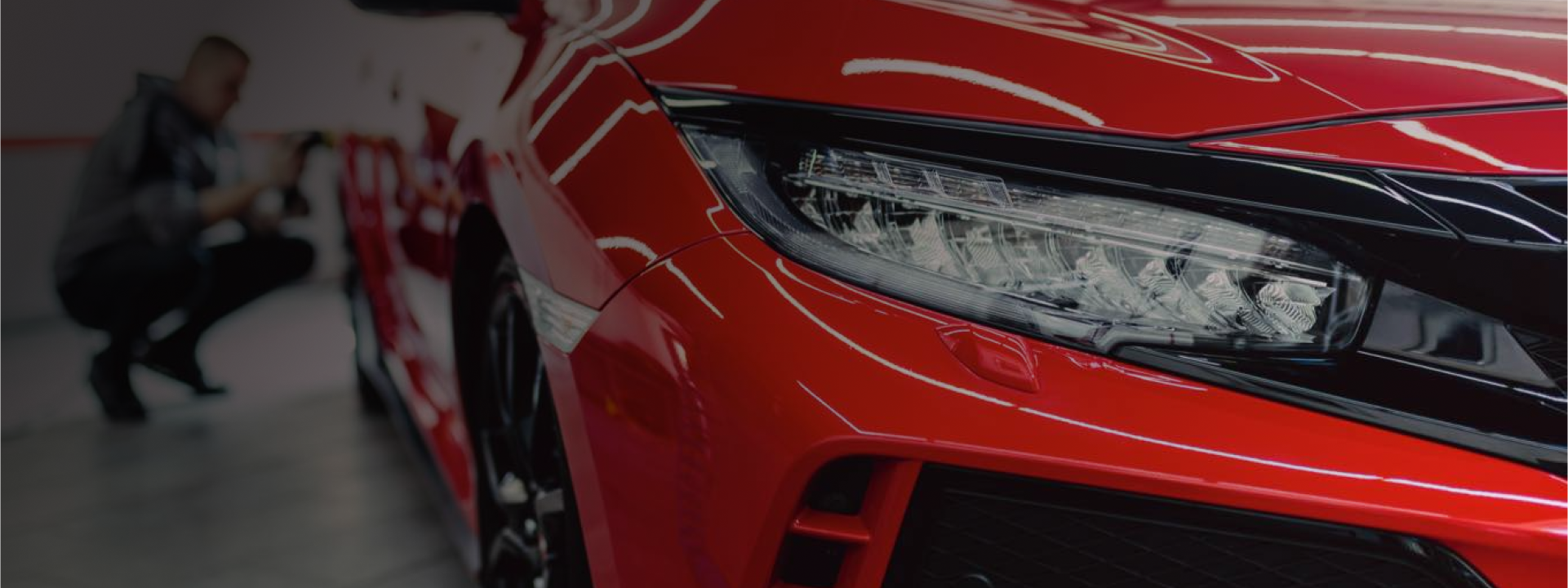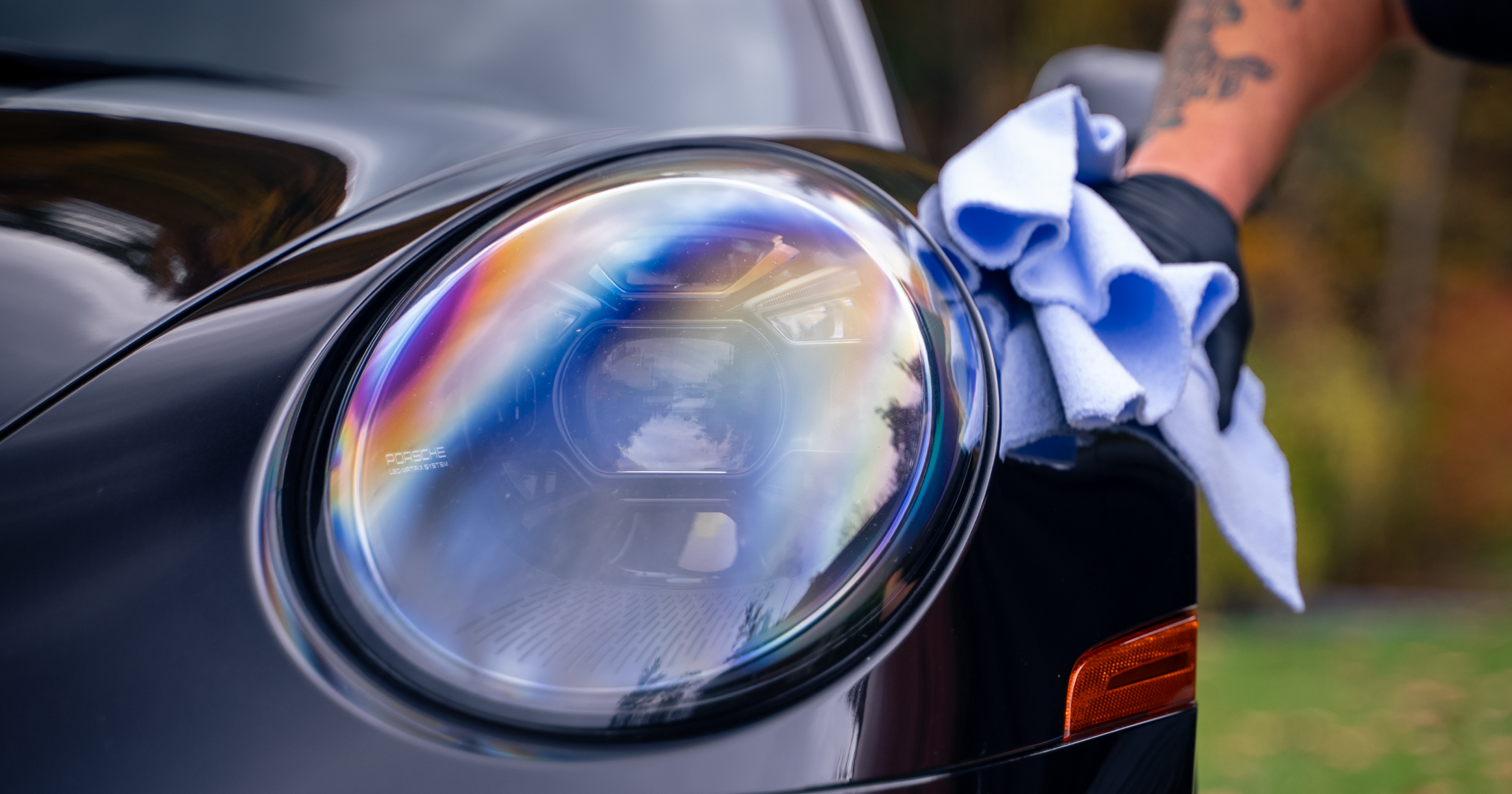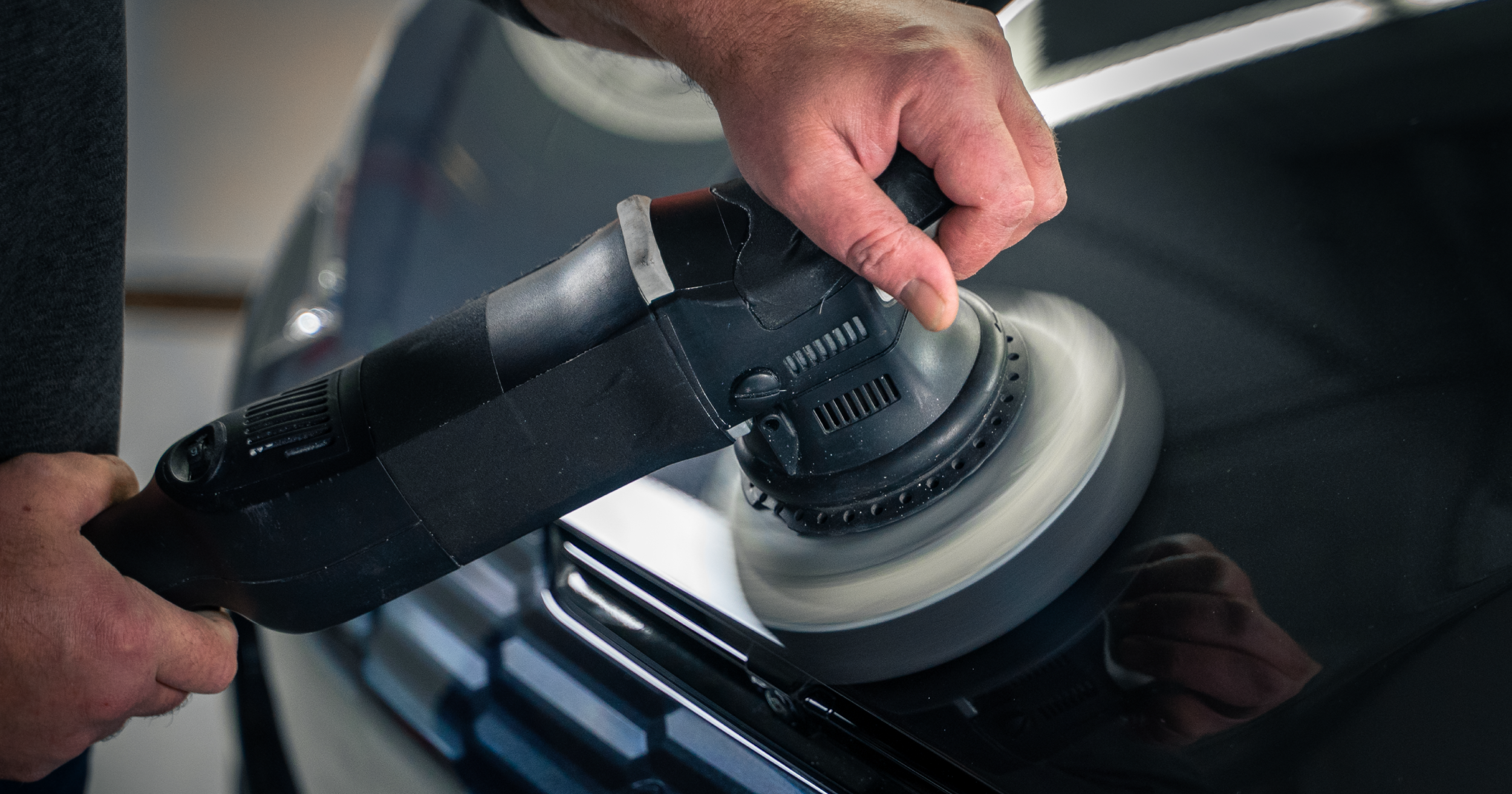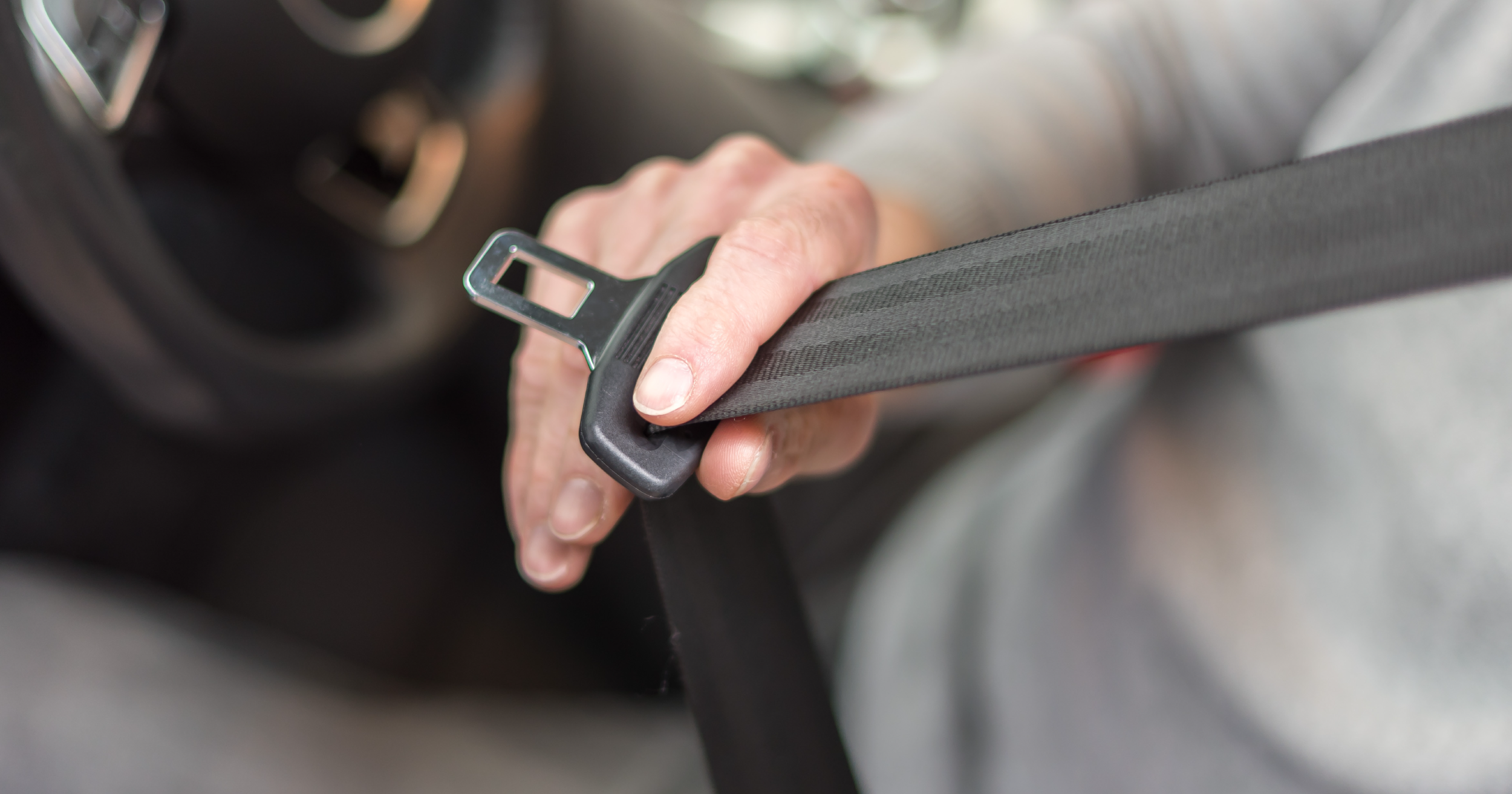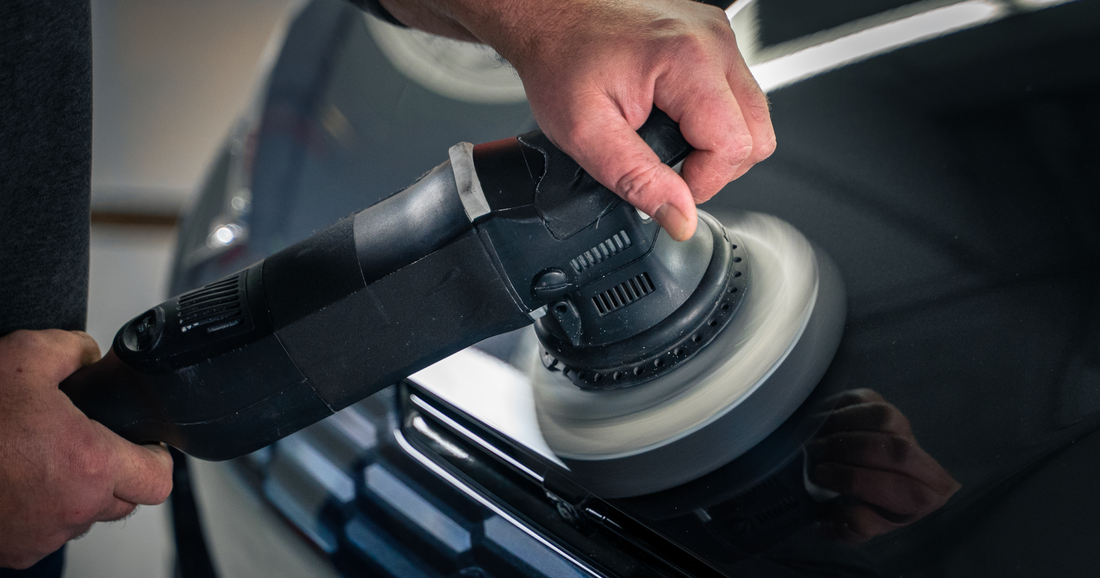Key Steps to Restoring Your Vehicle’s Single-Stage Car Paint
In the world of collector cars and hot rods, a stunning OEM auto paint job on a classic or antique vehicle lends itself to the overall authenticity and value. Regular and careful maintenance of a classic paint job is the key to a like-new finish. It’s also essential to note that older vehicles (manufactured before the 1980s) are likely going to be painted with single-stage paint. This type of paint differs from modern-day, two-stage paints and is less durable. For this reason, restoration of single-stage painted surfaces requires extra caution. Follow these key steps to revive your vehicle’s tired and oxidized single-stage auto paint safely and effectively.
Table of Contents
- About Car Paint
- Restore Single-Stage Paint
- Key Takeaways
About Paint for Cars
What is Single-Stage Car Paint?
Modern-day automotive paint is made up of various layers. These layers include the substrate, primer, base coat, and clear coat. Older vehicles were painted with single-stage car paint, a practice some manufacturers maintain for specific colors even today. Single-stage paint is made of a combination of color and clear coat, lacking the additional protection offered by a separate layer of clear coat.
The true benefits of a single-stage paint are the speed of application and the lower overall cost. However, without a separate layer of clear coat, single-stage paint is much more susceptible to the elements than two-stage paint, more quickly leading to weathering, dulling, and oxidation. This is also the reason that single-stage finishes are often much less reflective and don’t possess the high gloss that two-stage paints do.
How many coats of single-stage paint?
For adequate coverage, single-stage paints should typically be applied in two to three medium wet coats, ensuring proper flash time in between coats. Depending on the color of the paint, additional coats may be necessary. For instance, some metallic paints require more coats to reach complete coverage.
How long does a single-stage paint job last on cars?
The lifespan of single-stage paintwork can be affected by several factors: paint quality, surface preparation, paint application, and environmental conditions. There is not one measurement of time that would adequately represent the longevity of all single-stage paints. With proper maintenance and regularly reinforced protective measures, a high-quality single-stage paint can endure for many years without touchup.
Does single-stage paint scratch easily?
When two-stage paint is scratched, the clear coat layer takes the brunt of the trauma, protecting the pigmented layer beneath. When single-stage paint is scratched, there is no clear coat protecting the paint pigment. Therefore, scratches on single-stage paint are often much more noticeable and more likely to penetrate down to the vehicle substrate.
How do I know if my car has single-stage paint?
To identify your vehicle's paint type, use a small amount of polish on a clean applicator pad or microfiber cloth. Rub the polish onto an inconspicuous area of the paintwork, and if the paint color transfers to the applicator or cloth, single-stage paint has been used. The top coat on two-stage paint, in contrast, will never allow the transfer of pigment from the vehicle surface.
How to Restore Oxidized Single-Stage Paint
To remove oxidation and restore single-stage painted surfaces, paint correction is a must. You will want to select the method of correction that best matches the level of damage.
If the substrate of the vehicle is exposed in any capacity or rust has taken hold, you may be past the point of repair. In these cases, it may be time to visit an auto body shop for repainting or even replacing the compromised parts of your vehicle. If the level of damage is great enough to require some initial sanding, do not DIY. We recommend consulting a professional automotive detailer for their services and assistance with any sanding or wet sanding.
For moderate imperfections, like orange peel and oxidation, use a buffing compound. We recommend pairing a medium-cut compound, like VOC-compliant EPIC®️ Medium Duty Compound, with an orbital buffer and foam pad to correct defects without removing too much paint in the process. This approach lowers the risk of burning through single-stage paint while providing the cutting power to buff through oxidation.
For swirl marks and other minor defects, a polish will do the trick. Polishes contain finer abrasives than buffing compounds and are best for light paint correction and finishing. If necessary, you can follow buffing with polishing for a glossier finish. However, due to the delicate nature of single-stage automotive paint, you should always opt for the least aggressive paint correction approach.
This is why we prefer to use a polish, like Rejuvenator™️ One-Step Auto Paint Restoration for single-stage paint restoration. It is less aggressive than a buffing compound and is specifically designed to remove light scratches, oxidation, and mild paint defects from automotive paint while restoring a like-new gloss and adding a layer of protection. It is the easiest way to bring back gloss to aged, oxidized, and environmentally damaged single-stage paint.
Tips and Tricks for Single-Stage Paint
- Whether you’re working with foam or wool, you’ll find your buffing and polishing pads will pick up a lot of dirt and dust during paint correction. This buildup will diminish the abilities of your pad, over time. Likewise, pigment and oxidation will also transfer from your single-stage paint to your pads. To keep your pads debris-free, we recommend cleaning them between panels. Use standard cleaning methods, such as pressurized air, a brush or spur, or a simple wipe-down of the pad with a clean microfiber towel.
- For ultimate protection of your single-stage paint, we highly recommend using a ceramic coating. Ceramic coatings offer higher durability and last longer than waxes. Application of these coatings can be tedious and require great care. For a quicker ceramic solution, use a ceramic booster or spray, like EPIC®️ CR2 Hydro Protect.
Key Takeaways: A Little Goes a Long Way in Single-Stage Paint Correction
Single-stage paint correction and restoration can be particularly tricky. The level of damage or oxidation to your paint will determine the means necessary to correct it. The most important thing to remember is that single-stage paints lack a clear coat and are therefore much more susceptible to environmental damage and potential damage during restoration. Exercising extra caution and choosing the appropriate equipment will make all the difference. Following these guidelines will help you restore any single-stage OEM finish.
